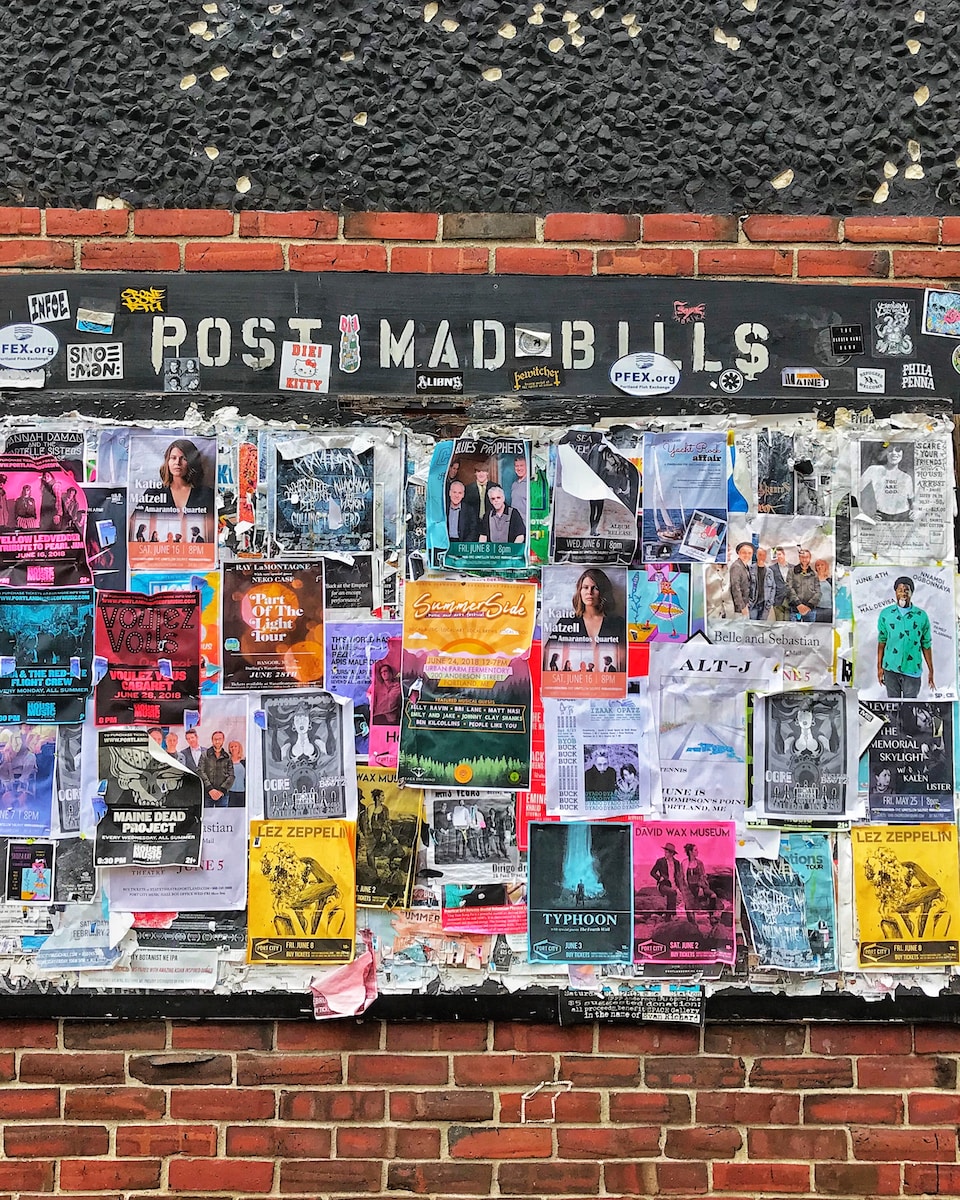Social media has a 100% higher lead-to-close rate than outbound marketing, making it one of the most powerful, efficient and global marketing tools.
The most successful brands adapt their social media strategy for their global markets and understand how to localise their content for their target market.
So, we’re here to let you in on five things you need to know about international social media marketing, to help you be more successful.
1. There are 2.6 billion social media accounts globally
It’s crucial that marketers realise how influential social media networks are when pushing their campaigns overseas.
There is huge potential to reach billions of consumers through a variety of networks. In 2019, it is estimated the figure will rise to around 2.77 billion social network users around the globe. It really is one of the cheapest and most efficient ways to push your brand into new markets.
One size doesn’t fit all though, and activity varies from country to country. Only having one social media strategy, which fits your home country, won’t be enough. You need to consider the difference in how your target audience may be using social media and what they use it for.
These varying social habits are shown by Wishpond’s infographic on ‘how global users interact with social media’.
- In the US, Facebook is known as one of the most effective social networks for brands targeting business to consumer channels.
- The Chinese are three times more likely than the Americans to make purchases based on user-generated content, such as comments
- In the UK, one-fifth of all Facebook users earn over £50,000 per year, making it the ideal platform to target high-earning consumers.
Analyse the social habits of your audience, so you can work out what’s going to be a success. Carrying out competitor analysis can help with this, as you’ll see what content people generally like and engage with.
2. The world isn’t just using Facebook
Facebook boasts a global usage penetration of 22.9%. So it can’t be ignored.
India takes first place for the highest volume of Facebook users at 300 million users. If you want to reach the Indian market, it’s crucial to include the platform in your planning.
However, it’s also important that brands know exactly what social media platform their target audience prefers to use. Otherwise, you’ll end up wasting marketing budget on the wrong social network.
Russia is the perfect example of a country which marketers need to change their social media strategy for. They prefer to use VKontakte, a platform which has over 46.6 million monthly users. It’s looks and works similarly to Facebook. So, if your want to target your business at the Russians, go here first.
Fly eight hours from Russia to China, and you’ll find 900 million users using WeChat. The network allows companies and celebrities to create accounts purely for promotional purposes. One-to-one personalised interaction also makes it easy for brands to advertise and engage their communities.
3. Consumers want to see posts in their native language
Would you take any notice of a campaign which wasn’t in your native language? Probably not.
Research shows that 82% of consumers are more likely to buy a product if it’s marketed in their native language.
Your brand could have all the foundations to be successful overseas, but if you’re trying to communicate in any language but their own, consumers simply won’t be interested.
Translating your social posts into the target language accurately will be the building blocks to international social media marketing success. If you’re communicating to your audience in a language they’re comfortable with, you’re more likely to get engagement.
More than 1 billion of the 1.7 billion people who use Facebook speak a language other than English. The platform allows for really targeted advertising (ie. language targeting), so if you’re considering placing ads on the platform, you can be really specific with who sees your campaign.
Facebook carries out billions of its own translations, but the automated service isn’t to be entirely trusted. Last year, it had to apologise to a Palestinian man who was arrested for a post that said ‘’good morning’’, but its automatic-translation service erroneously translated as “attack them” in Hebrew and “hurt them” in English. The police thought he was planning an attack, but was later released after realising it was a translation error made by Facebook.
The quality of the translations doesn’t match those of a professional translation agency.
4. Localisation = success
You need to ensure your social media marketing is always culturally-appropriate for your target audience.
Brands need to analyse what their target audience value in terms of their own trends, likes and culture. This means that you can engage with your audience on a more personal and emotional level. By targeting specific local markets through social media, you’re more likely to increase customer experience.
A great example of doing this right comes from Magnum. The tasty brand featured a series of tweets which involved various celebrities creating their own Magnum ice cream at Cannes film festival. To appeal to their different audiences, they showed different celebrities on different Twitter accounts.

The UK Magnum account featured model Kendall Jenner, massively popular in the UK. And the Magnum Thailand account featured Thai celebrity Davika Hoorne (Mai), who is one of the most socially followed stars in Thailand. This was a successful localisation effort, as it created a soar of engagement for the brand in both countries.
Localisation is an art, but if you manage to get it right you’ll build trust with your target audience and be well on your way to success in international markets.
5. Choose a partner who will ‘get’ your marketing
When using social media to market your brand internationally, you should seriously consider seeking help from translation experts.
You need to create content for your social media campaigns which is consistent in each of your markets and culturally suited for your audience. Choosing to hire a multilingual social media partner will help with:
- Research
- Strategic planning
- Brand consistency
- Localisation of the social media content
If you want to get the best possible results, it’s important that all your content is not only accurately translated, but also culturally-appropriate. It’s not worth using Google Translate and risking damaging your brand through a cultural faux pas.
Do you need help with your multilingual social media campaigns?
At Brightlines we can help you reach new markets through social media across the globe, so speak to our team to find out more.







